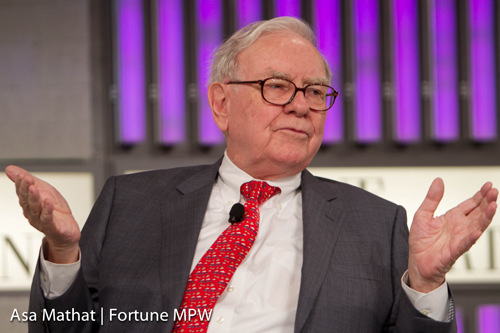Most of you know by now that Occidental made a final, successful bid for Anadarko Petroleum, outbidding Chevron with what some observers feel is too steep a price for the merger of the two petroleum companies.
In the past few months, Occidental slipped past Chevron to become the top oil producer in the Permian Basin, but that position was tenuous at best. Chevron was getting more ambitious in the Permian as well, and had recently promised to grow production there by 53% by 2020. Which is why Chevron became interested in Anadarko too.
In order to remain the region’s top producer, Occidental knew they needed more holdings, and to that end were in merger talks with Anadarko for the past two years. When Chevron swooped into the process in mid-April with a bid to purchase Anadarko for $50 billion including debt, Occidental had to make a tough call: either break up the Chevron deal, or walk away empty-handed. And if they did manage to shift Anadarko to the OXY side, they would have to pony up $1 billion dollars to Chevron for breaking that deal.
Going the Extra Mile, and Then Some
So Vicki Hollub, Occidental’s CEO, approached Warren Buffet and asked him to back the deal with $10 billion in financing. She also got an $8.8 billion commitment from Total SA to buy some of Anadarko’s overseas assets once the merger is completed.
Within days of the meeting with Buffet, Occidental announced it was buying Anadarko for $57 billion plus debt, Chevron refused to counter-offer, and the largest U.S. oil merger since Exxon bought Mobil was done, including the $1 billion breakup fee owed to Chevron.
Occidental’s stock prices dropped 13% in the weeks after the deal, while Chevron’s increased, but CEO Hollub remains clear. At an investor meeting after the final merger was announced she said, “Some of the media have confused determination with desperation. We approached this deal from a position of strength.”
Betting on the Permian
Warren Buffett, in an interview with CNBC, said of his investment, “It’s a bet on oil prices over the long term more than anything else. It’s also a bet on the fact that the Permian Basin is what it’s cracked up to be.”
And the Permian, as you and I know, is “cracked up” to be one of the biggest oil reserves America has ever known. As of the latest monthly data, the Permian alone produces more crude per day than the United Arab Emirates, Canada, or Iran; by next year, some expect it could also outpace Iraq, which would make the southwestern region the fourth-largest oil producer in the world, if it were its own country.
Although oil prices per barrel are lower than in the past, U.S. energy companies have trimmed capital spending, and cut down on the number of rigs, boosting their profitability and allowing them to retain more of their cash flow, even with lower overall prices.
The proximity to the Gulf Coast also makes it convenient for companies to get the crude to market, especially now with new pipelines opening up.
Estimated thousands of barrels of oil equivalent per day for Occidental are 401, just below Chevron’s 453. Adding in Anadarko’s 135 will comfortably make Occidental the Permian’s lead producer.
Occidental will have a much larger piece of the shale holdings in the Permian, and with appropriate cost-cutting could be poised to bring in profits to balance out the steep cost of the merger.
In spite of the reaction of the market to this merger, there is some indication that Chevron and perhaps other companies are going to be looking to add Permian producers to their portfolios in the near future.

